
Find Help
More Items From Ergsy search
-

Why are experts warning of rising hay fever cases?
Relevance: 100%
-
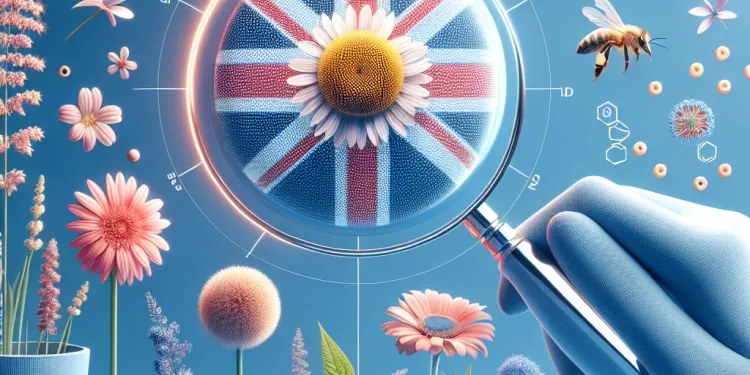
Experts Warn of Rising Hay Fever Cases as Pollen Counts Surge
Relevance: 93%
-

What is hay fever?
Relevance: 57%
-
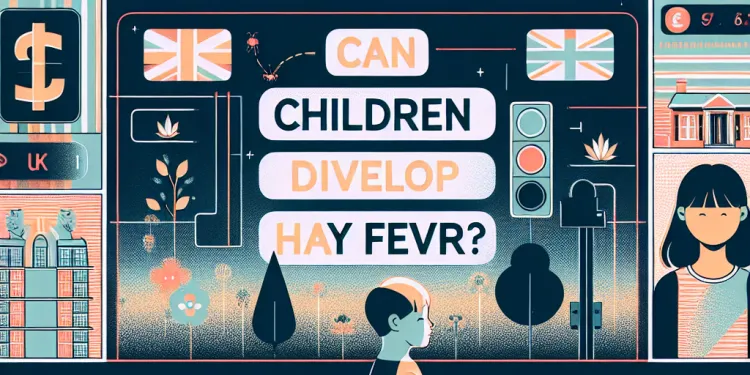
Can children develop hay fever?
Relevance: 52%
-

Hay fever advice | NHS
Relevance: 52%
-
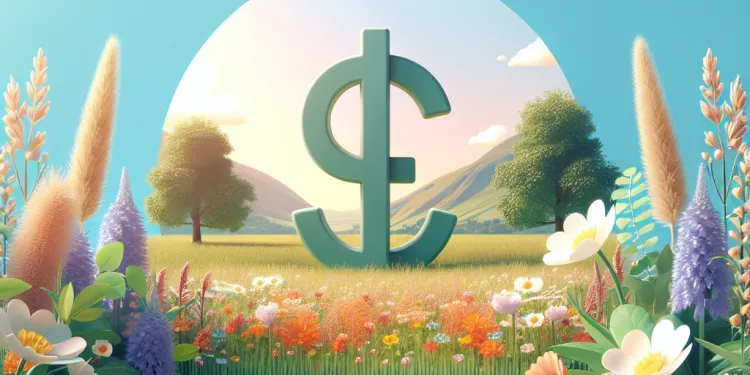
Can hay fever be prevented?
Relevance: 52%
-

Do masks help with hay fever?
Relevance: 52%
-

Can hay fever occur year-round?
Relevance: 51%
-
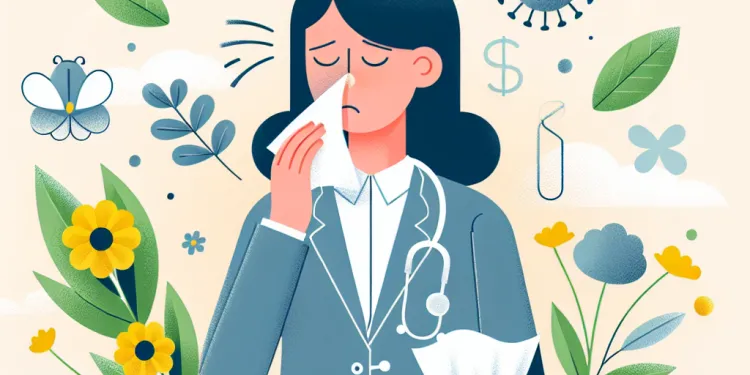
What are the common symptoms of hay fever?
Relevance: 51%
-

Is there a link between hay fever and asthma?
Relevance: 51%
-

Do pets contribute to hay fever?
Relevance: 49%
-
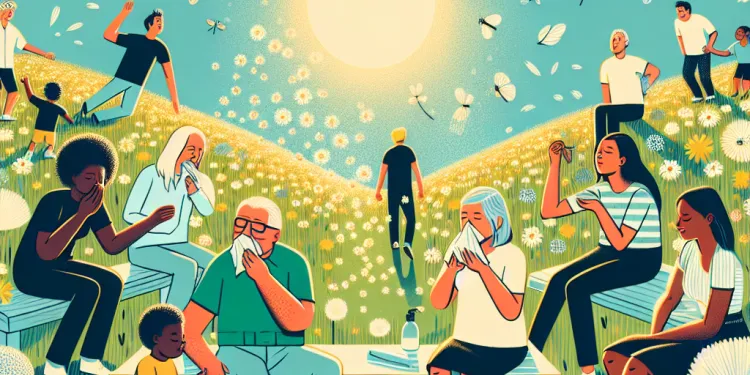
Are some people more prone to hay fever?
Relevance: 49%
-

How does pollen affect people with hay fever?
Relevance: 49%
-
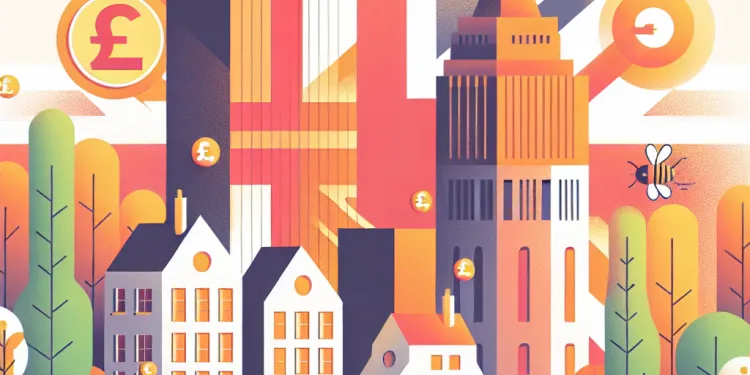
Is hay fever more common in urban areas?
Relevance: 48%
-
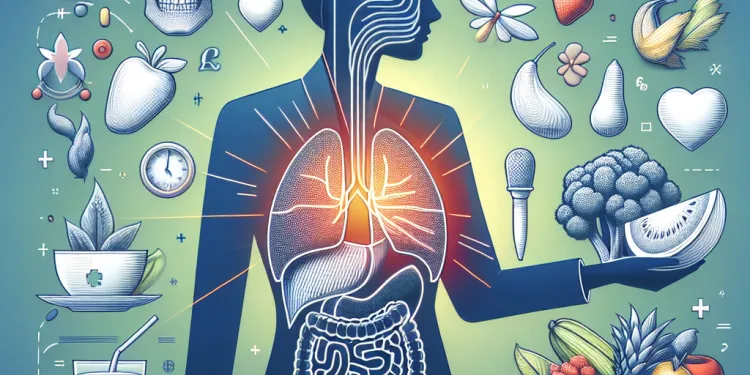
Can diet influence hay fever symptoms?
Relevance: 48%
-
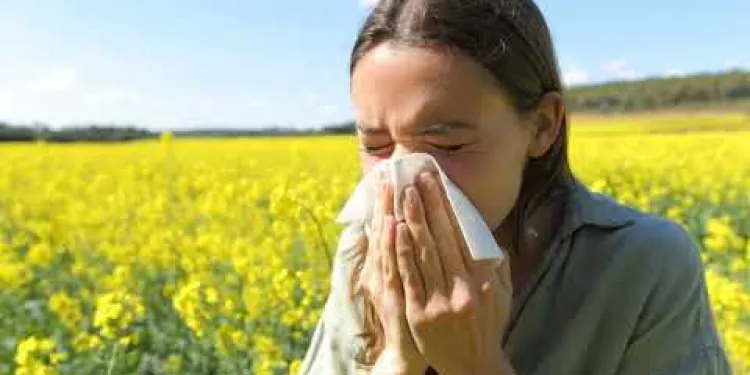
Antihistamines how they work with hay fever
Relevance: 48%
-

Do all plants produce pollen that causes hay fever?
Relevance: 48%
-

Self care - hay fever itchy eyes
Relevance: 48%
-

Can hay fever symptoms mimic other conditions?
Relevance: 48%
-
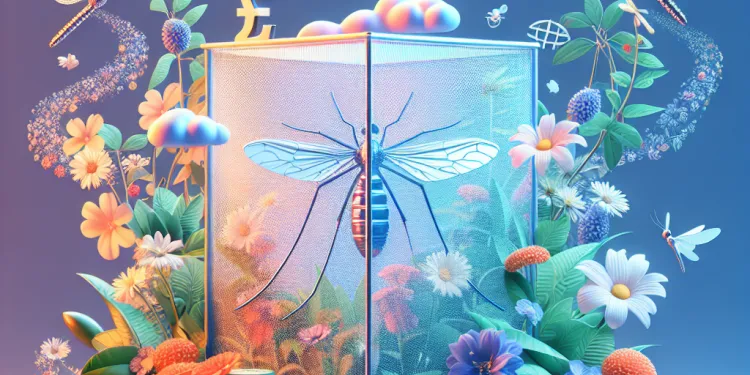
Can mosquito screens help reduce hay fever symptoms?
Relevance: 42%
-

Are there any treatments for hay fever?
Relevance: 39%
-

How long does a typical hay fever season last?
Relevance: 32%
-

What role do expert witnesses play in professional negligence cases?
Relevance: 29%
-

Can dengue fever be contracted in the UK?
Relevance: 26%
-
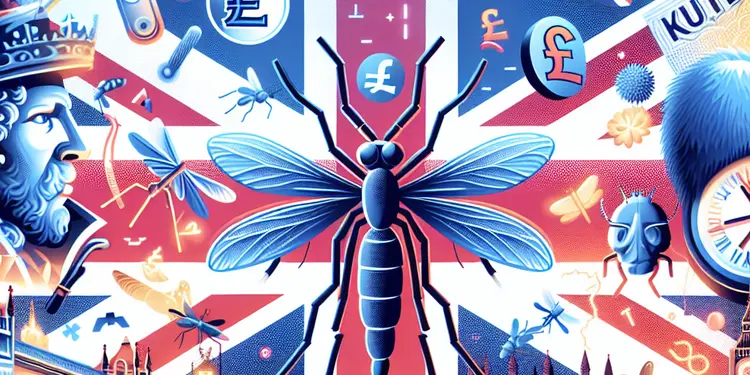
Is there a risk of yellow fever being spread by mosquitoes in the UK?
Relevance: 24%
-

Legal Experts Warn of Consequences in Upcoming AI Regulation Bill
Relevance: 22%
-

High Air Pollution Levels Linked to Rising Cases of Respiratory Issues
Relevance: 22%
-

What alternative solutions are being discussed to combat rising rents?
Relevance: 22%
-

How to treat glandular fever | NHS
Relevance: 22%
-

Caring for a child with fever | NHS
Relevance: 22%
-

Which medication should be avoided for children with fevers?
Relevance: 22%
-

How can I protect myself from rising interest rates?
Relevance: 22%
-

Understanding the Impact of Rising Living Costs on Family Welfare
Relevance: 22%
-

Impact of Rising Energy Costs on Family Budgets
Relevance: 21%
-
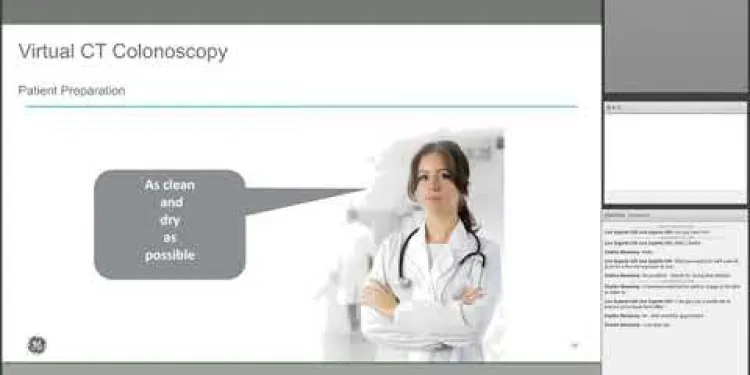
Live Expert CT Colonography YouTube
Relevance: 21%
-
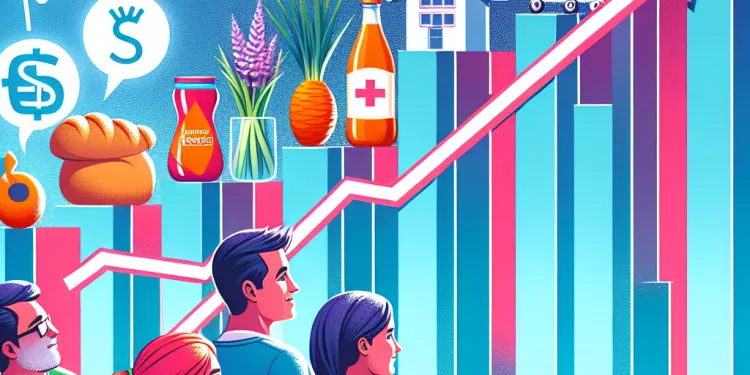
Impact of Rising Living Costs on Family Health
Relevance: 21%
-

How Rising Living Costs Are Impacting Family Wellbeing
Relevance: 21%
-

Impact of Rising Energy Prices on Household Budgets
Relevance: 21%
-

What is the relationship between rising rents and housing benefit cuts?
Relevance: 20%
-

What happens to my monthly payments if interest rates rise?
Relevance: 20%
Introduction
In recent years, experts have raised alarms over an increase in hay fever cases, especially in the UK. This rise in allergic reactions has caught the attention of healthcare professionals and environmental scientists alike. Understanding the reasons behind this surge is crucial for managing and mitigating its impact on affected individuals.
Climate Change Impact
One of the primary factors contributing to the rise in hay fever cases is climate change. The UK has experienced shifts in weather patterns, leading to longer and more intense pollen seasons. Warmer temperatures result in earlier flowering of plants, extending the period during which pollen is released into the atmosphere. Additionally, increased carbon dioxide levels can stimulate plant growth, producing more pollen and thereby aggravating hay fever symptoms.
Urbanization and Air Pollution
The rapid urbanization of certain areas in the UK has also exacerbated hay fever cases. Air pollution in urban environments can interact with pollen, making it more allergenic. Pollutants such as nitrogen dioxide and particulate matter can break down pollen grains into smaller particles, which are easily inhaled and penetrate deeper into the respiratory tract, intensifying allergic responses. As cities continue to grow, the prevalence of hay fever is expected to rise in these areas.
Changes in Plant Diversity
The introduction of non-native plant species in the UK has contributed to the changing landscape of plant diversity. Many of these species produce highly allergenic pollen, broadening the range of triggers for hay fever sufferers. Urban planning and landscaping practices often include such plants, inadvertently increasing pollen exposure in heavily populated areas.
Increased Awareness and Diagnosis
Improved medical awareness and diagnostic techniques have led to more people being diagnosed with hay fever, contributing to the perceived increase in cases. Many individuals who previously ignored or tolerated mild symptoms are now seeking medical advice and receiving formal diagnoses. This trend is partly due to public health campaigns and greater information dissemination about the condition, enabling people to recognize symptoms and seek appropriate treatment.
Conclusion
As hay fever cases continue to rise in the UK, understanding the underlying causes is essential for formulating effective public health strategies. Addressing the role of climate change, urbanization, and plant diversity can help mitigate the impact of hay fever on the population. Additionally, public awareness campaigns and advances in medical diagnostics play a crucial role in managing this growing health concern. Coordinated efforts between environmental policy makers and healthcare providers are necessary to curb the escalation of hay fever cases and to improve the quality of life for those affected.
Introduction
More people in the UK are getting hay fever. Hay fever is when something like pollen makes people sneeze, have a runny nose, or itchy eyes. Doctors and scientists are worried about this. Understanding why more people are getting hay fever can help us find ways to help them feel better.
Climate Change Impact
One big reason more people have hay fever is because the weather is changing. In the UK, the weather is warmer now. This means plants make pollen for a longer time each year. Warm weather makes plants flower earlier. More carbon dioxide also helps plants make more pollen. More pollen makes hay fever worse.
Urbanization and Air Pollution
More people are living in cities now. This is called urbanization. Cities have a lot of air pollution. Pollution can make pollen even more irritating to people. Some pollution breaks pollen into tiny bits. These tiny bits can go deeper into our lungs and make us more allergic. As cities grow, hay fever might get worse.
Changes in Plant Diversity
In the UK, some new plants from other places are growing. These new plants can make pollen that causes strong hay fever reactions. City planners often put these plants in parks and gardens, which means there's more pollen around where many people live.
Increased Awareness and Diagnosis
Doctors are getting better at finding out if someone has hay fever. More people are learning about hay fever and realizing they might have it. Health campaigns help people understand hay fever. So, more people go to the doctor and get treatment instead of ignoring their symptoms.
Conclusion
Understanding why more people have hay fever can help us make better plans to help them. We should think about how weather, city life, and different plants affect hay fever. Teaching people about hay fever and having better tests can also help. People working in health and the environment should work together to help everyone feel better.
Frequently Asked Questions
Why are experts warning about rising hay fever cases?
Experts warn that rising hay fever cases are due to climate change, which extends the pollen season and increases pollen concentrations.
How does climate change affect hay fever?
Climate change results in warmer temperatures and higher levels of carbon dioxide, leading to longer growing seasons and increased pollen production.
What role does air pollution play in increasing hay fever cases?
Air pollution can worsen allergy symptoms by irritating the respiratory tract and can also increase the allergenicity of pollen.
Are changes in plant distribution linked to rising hay fever cases?
Yes, changes in plant distribution due to climate change can introduce allergenic plants to new areas, increasing exposure to pollen.
Can urbanization contribute to rising hay fever cases?
Urbanization can lead to increased air pollution and create environments where allergenic plants thrive, potentially increasing hay fever cases.
Why is the pollen season getting longer?
The pollen season is getting longer due to warmer temperatures and earlier springs, allowing plants to start pollinating sooner and for longer periods.
Which plants are primarily responsible for hay fever?
Common plants that cause hay fever include grasses, trees like birch and oak, and weeds like ragweed.
Can genetic factors influence susceptibility to hay fever?
Yes, genetics can play a role, as a family history of allergies can increase an individual's likelihood of developing hay fever.
What are the symptoms of hay fever?
Symptoms of hay fever include sneezing, runny or blocked nose, itchy eyes, and fatigue.
How can individuals reduce their exposure to pollen?
Individuals can reduce exposure by staying indoors on high pollen days, keeping windows closed, and using air purifiers.
Are there medical treatments for hay fever?
Yes, treatments include antihistamines, nasal corticosteroids, and allergy shots (immunotherapy).
What is the connection between indoor allergens and hay fever?
Indoor allergens like dust mites, pet dander, and mold can compound hay fever symptoms when combined with outdoor pollen.
Can diet and lifestyle changes help manage hay fever?
Yes, eating a healthy diet, staying hydrated, and reducing stress can help lessen hay fever symptoms.
How does ragweed pollen impact hay fever prevalence?
Ragweed is a highly allergenic plant, and its pollen can travel long distances, significantly contributing to hay fever cases, especially in late summer and fall.
Is hay fever more common in certain geographic regions?
Yes, hay fever prevalence can vary regionally based on local vegetation, climate, and levels of air pollution.
Can pets contribute to higher levels of hay fever?
Pets can bring pollen from outdoors into the home on their fur, hence contributing to indoor pollen levels.
What measures can public health officials take to address rising hay fever cases?
Public health officials can monitor pollen counts, raise awareness about preventive measures, and support environmental policies to reduce pollution.
Is there a link between hay fever and asthma?
Yes, hay fever can exacerbate asthma symptoms, and many individuals with asthma also suffer from seasonal allergies.
Does climate-induced migration of populations affect hay fever rates?
Climate-induced migration can expose individuals to new allergens in different regions, potentially increasing hay fever rates among populations that relocate.
How can technology help individuals manage their hay fever symptoms?
Technology such as pollen forecasting apps and air quality monitoring devices can help individuals track pollen levels and minimize exposure.
Why are more people getting hay fever?
Experts say more people have hay fever because:
- The weather is warmer now.
- Plants make more pollen.
- Pollen is the stuff that causes hay fever.
To feel better, you can:
- Stay indoors when there is a lot of pollen.
- Use tissues to blow your nose.
- Get medicine from the doctor.
These tips can help you when you have hay fever.
Experts say more people have hay fever because the weather is changing. This makes the pollen season last longer and there is more pollen in the air.
How does climate change affect hay fever?
Climate change means the weather is different than before. It can affect hay fever, which is when you sneeze a lot because of plants.
When the weather gets warmer, plants can make more pollen. Pollen is the stuff that makes hay fever worse. This means more sneezing and itchy eyes.
Here are some things that can help:
- Check the pollen forecast. This tells you how much pollen is in the air.
- Stay inside when there's lots of pollen outside.
- Wear sunglasses to keep pollen out of your eyes.
- Ask an adult if you can take medicine for hay fever.
Climate change makes the Earth warmer. When the air gets warmer and has more carbon dioxide, plants grow longer and make more pollen.
How does dirty air make more people get hay fever?
Dirty air can make allergies worse. It can bother your nose and throat. It can also make pollen cause more allergies.
Do more people get hay fever because plants are moving?
Yes, when the weather changes, some plants move to new places. This means more people can be around plants that make pollen. Pollen can make some people sneeze or feel sick.
Can city living make more people get hay fever?
When more people move to live in cities, the air can get dirty. Plants that make people sneeze and feel sick can also grow better in cities. This can mean more people get hay fever.
Why is the pollen season getting longer?
Pollen season is taking more time now. This means more time for sneezing and runny noses!
Some reasons for this are:
- Weather is getting warmer.
- Plants are growing for a longer time.
If you have allergies, here are some things that can help:
- Stay inside on very windy days.
- Wear glasses and hats outside.
- Keep windows closed to stop pollen from coming in.
Ask a grown-up if you need more help.
Pollen season is the time when plants make a lot of pollen. Pollen can make some people sneeze and have itchy eyes.
The pollen season is getting longer. This means it lasts for more days.
It is because the weather is warmer now, and spring is starting earlier.
Warmer weather makes plants start pollinating earlier and continue for more days.
If pollen bothers you, try these tips:
- Check the weather to see when pollen levels are high. You can stay indoors during those times.
- Keep windows closed to stop pollen from coming inside.
- Wear sunglasses outside to protect your eyes from pollen.
- Wash your hands and face after being outside to remove pollen.
Which plants make people sneeze?
Some plants can make you sneeze and feel bad. These plants are called grasses, trees like birch and oak, and weeds like ragweed.
Can genes make you more likely to get hay fever?
Yes, your genes can make a difference. If people in your family have allergies, you might have a bigger chance of getting hay fever too.
What are the signs of hay fever?
Hay fever can make you feel like you have a cold. Here are some signs:
- You might sneeze a lot.
- Your nose can feel blocked or runny.
- Your eyes might get itchy and red.
- You could have a tickle in your throat.
It might help to use tissues for your nose and cool water for your eyes.
When you have hay fever, you might sneeze a lot. Your nose can be runny or blocked. Your eyes might feel very itchy. You can also feel very tired.
How can people stay away from pollen?
Pollen can make people sneeze and feel unwell. Here are some easy tips to help:
- Check the weather. See if the pollen count is high. Stay inside when it is.
- Close windows and doors on windy days.
- Change clothes after being outside.
- Wash hands and face to remove pollen.
- Use sunglasses to keep pollen out of eyes.
- Try a dust mask if pollen is very strong.
These tips can help you feel better when pollen is around.
You can spend more time inside when there is a lot of pollen outside. Keep your windows shut, and try using air purifiers to clean the air.
Can doctors help with hay fever?
Yes, there are treatments to help. You can take medicine like antihistamines, use nose sprays called nasal corticosteroids, and get allergy shots.
How are things inside the house related to hay fever?
Some things inside your home, like dust or pets, can cause allergies. These allergies can be like hay fever.
But inside stuff usually does not cause hay fever. Hay fever mostly comes from outside, such as from pollen.
If you sneeze or have a runny nose indoors, try these tips:
- Keep your house clean to reduce dust.
- Use covers on pillows to keep away dust mites.
- Try not to have pets in your bedroom.
Things like dust mites, pet hair, and mold inside your home can make hay fever worse when mixed with pollen from outside.
Can changing what you eat and how you live help with hay fever?
Hay fever can make you sneeze and itch. Eating healthy foods and having good habits may help. You can: - Eat more fruits and veggies. - Try to stay inside when pollen is high. - Wash your hands and face often. Using simple tools like reminder notes can help you remember these steps.Yes, eating good food, drinking plenty of water, and staying calm can make hay fever feel better.
How does ragweed pollen affect hay fever?
Ragweed pollen can make people sneeze and have itchy eyes. This is called hay fever.
When ragweed pollen is in the air, more people get hay fever.
To feel better, you can:
- Stay inside when there is a lot of pollen outside.
- Wash your hands and face to remove pollen.
- Use medicine if a doctor says it's okay.
Ragweed is a plant that can make people sneeze and have itchy eyes. Its yellow dust, called pollen, can travel far and often causes hay fever. This happens a lot at the end of summer and in the fall.
Do some places have more hay fever than others?
Yes, hay fever can be different in places. It depends on the plants, weather, and air pollution there.
Do Pets Make Hay Fever Worse?
Pets can carry pollen on their fur when they come inside from outdoors. This can mean more pollen in your home.
How can public health officials help with more people getting hay fever?
Here are some ways they can help:
- Tell people when pollen levels will be high.
- Share tips on how to avoid pollen, like staying inside on windy days.
- Encourage planting trees and plants that make less pollen.
- Provide advice on using medicines for hay fever.
Some tools that may help:
- Use apps that show daily pollen levels.
- Watch videos about hay fever and how to manage it.
Health workers can check pollen levels in the air. They can tell people how to stay safe and support rules that make the air cleaner.
Are hay fever and asthma connected?
Hay fever and asthma can sometimes be linked. This means that if you have hay fever, you might also have asthma.
Here are some helpful tips:
- Try to talk to a doctor if you sneeze a lot or have trouble breathing.
- Remember to take your medicine if the doctor gives it to you.
- Take deep breaths to help calm down if you feel short of breath.
These tools might help:
- Pollen alerts to know when pollen is high outside.
- Apps that remind you to take your medicine.
Yes, having hay fever can make asthma worse. Many people with asthma also have seasonal allergies.
Does moving because of climate change make more people get hay fever?
Sometimes, people have to move to new places because the weather is changing. This is called climate change. Moving can be hard for our bodies.
Hay fever happens when people sneeze or their eyes get itchy from things like pollen. Pollen comes from trees, flowers, and grass.
Moving to a new place can change how much pollen you are around. Some places have a lot of pollen. Other places have less pollen. This can change hay fever.
If you want help to read or understand more, you can ask someone to explain it to you. Reading with a friend or family member can help.
When people move to new places because of changes in the weather, they might find new things in the air that can make them sneeze or have itchy eyes. This might make more people get hay fever.
How can technology help people with hay fever?
Technology can help people with hay fever feel better. Here are some ways it can help:
- Apps: You can use apps on your phone to check the pollen count every day. This helps you know when to stay inside.
- Reminders: Set reminders on your phone to take your medicine on time.
- Weather Alerts: Use weather apps to find out when it might be windy or dry, which can make hay fever worse.
- Online Support: Join online groups to talk to other people who have hay fever and share tips.
These tools can help you feel better and enjoy your day!
There are helpful tools that can tell you about pollen in the air. These tools include apps for phones and devices that check the air. They can show you how much pollen is outside, so you know when it's best to stay indoors.
Useful Links
- Ergsy carfully checks the information in the videos we provide here.
- Videos shown by Youtube after a video has completed, have NOT been reviewed by ERGSY.
- To view, click the arrow in centre of video.
- Most of the videos you find here will have subtitles and/or closed captions available.
- You may need to turn these on, and choose your preferred language.
- Go to the video you'd like to watch.
- If closed captions (CC) are available, settings will be visible on the bottom right of the video player.
- To turn on Captions, click settings .
- To turn off Captions, click settings again.
More Items From Ergsy search
-

Why are experts warning of rising hay fever cases?
Relevance: 100%
-

Experts Warn of Rising Hay Fever Cases as Pollen Counts Surge
Relevance: 93%
-

What is hay fever?
Relevance: 57%
-

Can children develop hay fever?
Relevance: 52%
-

Hay fever advice | NHS
Relevance: 52%
-

Can hay fever be prevented?
Relevance: 52%
-

Do masks help with hay fever?
Relevance: 52%
-

Can hay fever occur year-round?
Relevance: 51%
-

What are the common symptoms of hay fever?
Relevance: 51%
-

Is there a link between hay fever and asthma?
Relevance: 51%
-

Do pets contribute to hay fever?
Relevance: 49%
-

Are some people more prone to hay fever?
Relevance: 49%
-

How does pollen affect people with hay fever?
Relevance: 49%
-

Is hay fever more common in urban areas?
Relevance: 48%
-

Can diet influence hay fever symptoms?
Relevance: 48%
-

Antihistamines how they work with hay fever
Relevance: 48%
-

Do all plants produce pollen that causes hay fever?
Relevance: 48%
-

Self care - hay fever itchy eyes
Relevance: 48%
-

Can hay fever symptoms mimic other conditions?
Relevance: 48%
-

Can mosquito screens help reduce hay fever symptoms?
Relevance: 42%
-

Are there any treatments for hay fever?
Relevance: 39%
-

How long does a typical hay fever season last?
Relevance: 32%
-

What role do expert witnesses play in professional negligence cases?
Relevance: 29%
-

Can dengue fever be contracted in the UK?
Relevance: 26%
-

Is there a risk of yellow fever being spread by mosquitoes in the UK?
Relevance: 24%
-

Legal Experts Warn of Consequences in Upcoming AI Regulation Bill
Relevance: 22%
-

High Air Pollution Levels Linked to Rising Cases of Respiratory Issues
Relevance: 22%
-

What alternative solutions are being discussed to combat rising rents?
Relevance: 22%
-

How to treat glandular fever | NHS
Relevance: 22%
-

Caring for a child with fever | NHS
Relevance: 22%
-

Which medication should be avoided for children with fevers?
Relevance: 22%
-

How can I protect myself from rising interest rates?
Relevance: 22%
-

Understanding the Impact of Rising Living Costs on Family Welfare
Relevance: 22%
-

Impact of Rising Energy Costs on Family Budgets
Relevance: 21%
-

Live Expert CT Colonography YouTube
Relevance: 21%
-

Impact of Rising Living Costs on Family Health
Relevance: 21%
-

How Rising Living Costs Are Impacting Family Wellbeing
Relevance: 21%
-

Impact of Rising Energy Prices on Household Budgets
Relevance: 21%
-

What is the relationship between rising rents and housing benefit cuts?
Relevance: 20%
-

What happens to my monthly payments if interest rates rise?
Relevance: 20%


